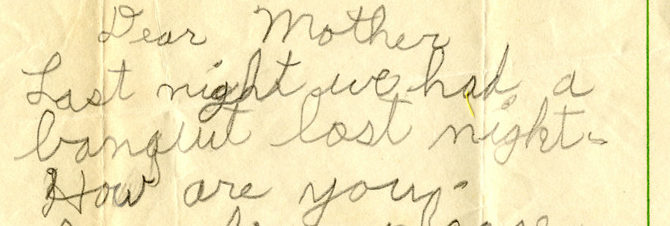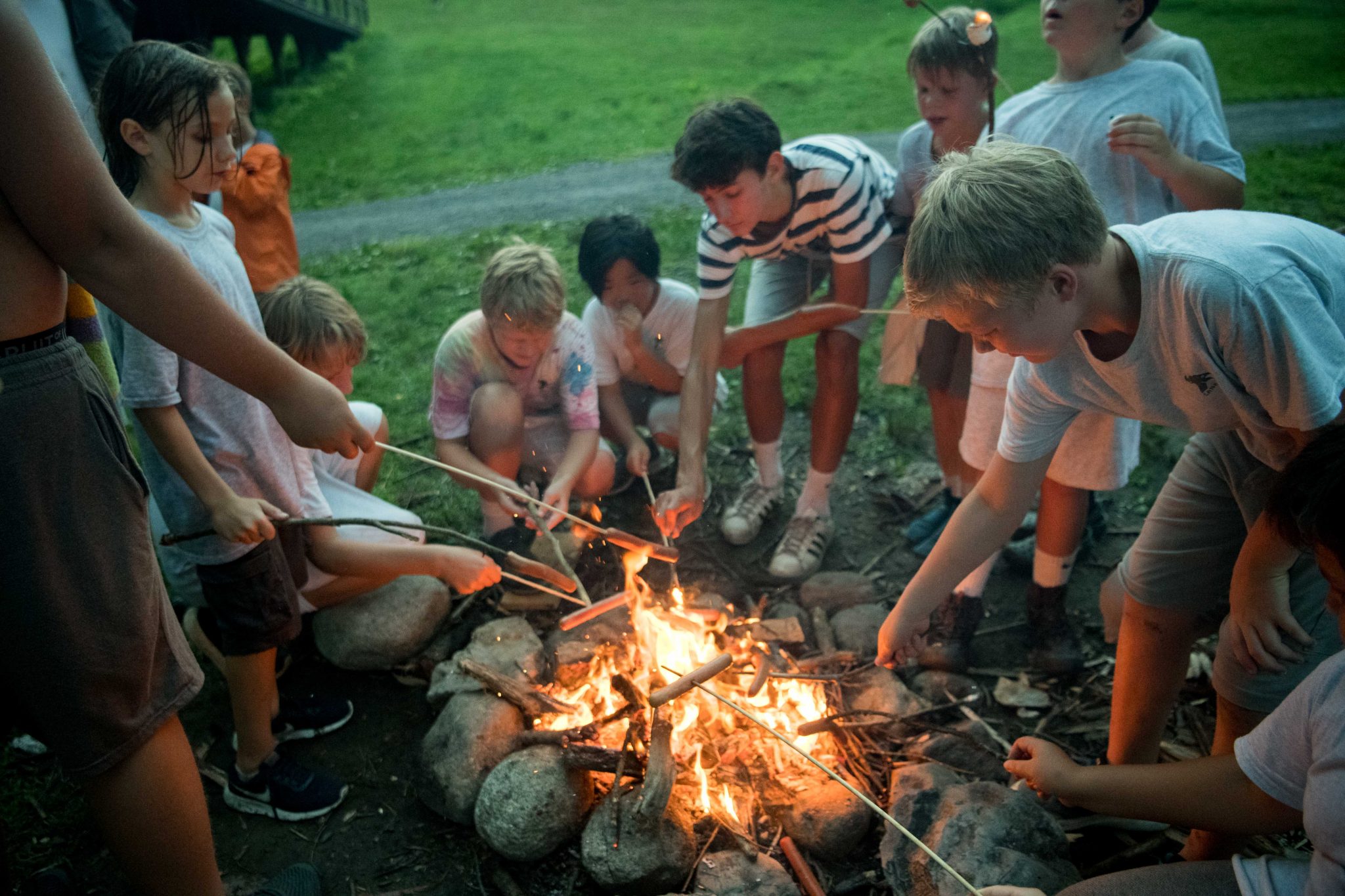 Article
Article


I am sometimes asked whether I wish the Aloha Camps provided regular e-mail updates and daily pictures … and what about encouraging you to call your camper and visit regularly?
During the camp season I’m a notorious camp album page-refresher. Get up, brew coffee … refresh. Browse Facebook, refresh. On hold with the dentist’s office … REFRESH!
When the pictures are at last posted (once a week or whenever they get to it) most often there aren’t any of my kids. So I scan group shots for some hint of an elbow or wisp of hair I might recognize. (Yes, I did once forward to the grandparents a photo that contained the tip of my kid’s sneaker. They were so proud.)
Of course, I can’t just refresh the album page all day. That would leave me no time to run down the mail truck to see if she’s got anything post-marked “White River Junction.”
I’m the mother. It’s what I do. And I’m OK with it. Because while daily camp updates would make my letter carrier’s summer a little less alarming, it would also make my child’s summer less magical.
The Aloha Foundation’s policy of encouraging separation between parent and child for the summer is one of the best things about it. My kids are safe and loved by an incredible, nurturing staff, and they are nudged gently into a beautiful world to explore on their own.

Here are my five reasons I love the Aloha Foundation’s sparing camp-updates policy:
#1 During their school year, my children live in a broadcasting culture. They selfie, they text, they Instagram, (refresh … refresh …) they live much of their lives sending messages to people who are not with them in person. Their summers at the Alohas pull them into being in the moment, with the people they are with.
#2 It seems like a phone call will ease the camper’s homesickness and reassure the parent, but in my experience it’s actually disruptive for both. The child who has been just fine since drop-off starts to cry at the sound of her mother’s voice. The mother — if she’s the letter-carrier-stalking-type — also starts to cry, alarming the child. Chaos ensues. It also undoes one of the things our family is trying to do by sending our child to camp — teaching her how to figure out things without her parents.
#3 Camp letters are amazing. Both the ones you write and the ones you receive. What can I write that will comfort her if she is having a hard day? How do I get her to tell me a little bit about her life at camp?
How do I make sure she knows we miss her without making her think for a second we’d have her any place but where she is? How do I tell her how much she means to me?
Their letters home often do not demonstrate the same heartfelt effort. There was the time one child wrote: “My-counselor-made-me-write-this-before-I-could-go-swimming-bye.” There was the year one of them wrote all her letters before she left home and just dropped one in the outgoing mail every Tuesday. Every single one said, “I’m alive and fine.”
But then there are the other letters: the careful colored-pencil rendering of the lake at sunset, which is framed over my desk. The poem that was scrawled in pencil, folded seventeen times and stuffed into a stained envelope, addressed upside down. I framed that, too, fold-marks and all.
The letter my eldest sent to me her last week as a Hiver is so beautiful I have never shared it with anyone.

The rest of the letters — the ones from me, the ones from their grandparents and school friends — are carefully packed into boxes my daughters will open some day. They are testament to life in the Aloha woods, and to those who loved my daughters’ little-girl selves.
#4 When pickup day arrives, my girls have so much to tell me. Two hundred people may have been there, but the only version I’m getting is theirs as they lived and valued it. In the process of asking questions and listening to answers I learn so much about them and who they are becoming and how we are going to stay close in the years to come as our lives become increasingly separate from each other.
#5 Even though I was a Hiver once, it isn’t my world any more. My web-browser history is proof that I am not always gracious about it, but giving them that world for their own is one of my proudest achievements as a mother.
This summer Elizabeth will be seeing one daughter and niece off to Aloha Hive, and another daughter to Aloha. Elizabeth was a Hiver herself in the 1980s, back when daily photos weren’t an option because it would take too long to develop the negatives. Her first post for The Aloha Foundation Blog answered the question “Who Sends a Seven Year-Old Off to Camp?”

